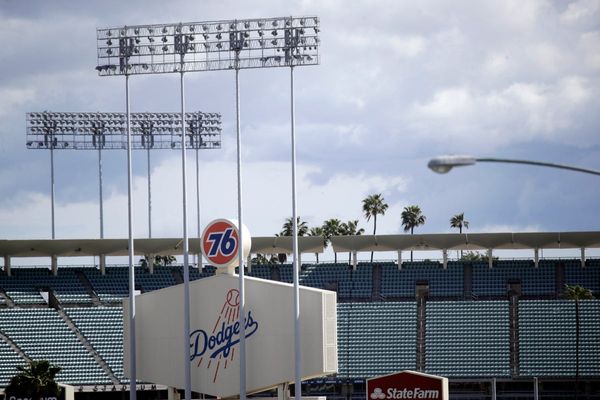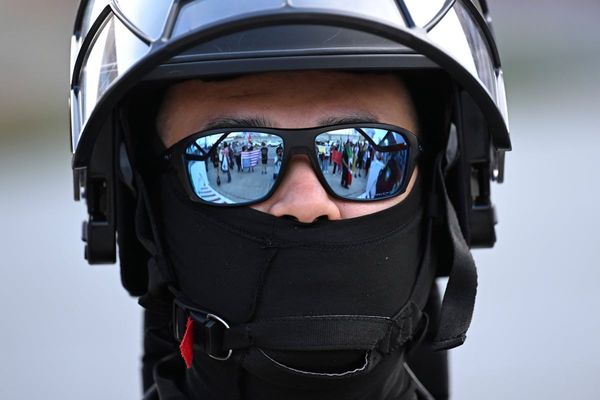
In September 2013, the Cricket Association of Bengal (CAB) caught 49 players at the under-14 Ambar Roy Memorial Tournament in what was one of the biggest incidents of age-fudging in recent times. Trying to set a precedent, the CAB banned 13 coaching centres guilty of fielding players with fake certificates. But within a month, the CAB revoked the ban, and instead simply issued a warning that it would spare none if it happened again.
India U-19 coach Rahul Dravid touched upon this topic at the recent MAK Pataudi lecture, describing the overage issue as ‘dangerous and toxic’. However, little has been done to weed out violators.
The Board of Control for Cricket in India (BCCI) should take some blame. It has three age-group tournaments — Vijay Merchant Trophy (U-16), Vinoo Mankad Trophy (U-19) and Col CK Nayudu Trophy (U-22). It has an age verification protocol at under-16 and under-19 levels, but the methods are completely contradictory.
No uniform approach
At U-16 level, it conducts TW3 medical tests (see box) on players registered by their respective state associations for the tournament. Assessment is made of bone maturity, the most scientific way of determining age, and all the data is stored for future reference. The same data isn’t applicable (if a player is selected directly) at U-19 stage, where eligibility of all players is determined solely on the basis of documentation that can be easily forged.

Bone testing was discontinued at U-19 level as it was too inaccurate.
There are a few loopholes in the BCCI system. It only tests a handful of players from each association while the rest keep playing in other tournaments run by state units without proper verification. A classic case is the CAB tournament for cricket academies where verification is done on the basis of certificates provided by the players, but coaching centres often play a major part in forging them. State associations wash their hands off saying they don’t have the infrastructure to make all players undergo tests. “It’s not feasible for us. When will we conduct tournaments if we take up the age-verification programme on behalf of the coaching centres? It’s their responsibility,” a CAB official had told HT after the 49 players were caught for age fudging.

No close monitoring
“The main problem here is that players furnish birth certificates issued maybe a month before the tournament starts,” said former ICC and BCCI match referee Raju Mukherji. “One has to show the certificate that was issued within a year of birth. Maybe this is a bit tough but should be the standard,” said Mukherji, who feels the malaise is more deep-seated in states infatuated with annual honours rather than producing quality cricketers.
“In my experience, Mumbai, Tamil Nadu and Karnataka are very serious about age-fudging issue while states like Uttar Pradesh, Haryana and Punjab are habitual offenders. No wonder you see so many quality players coming out of Mumbai,” said Mukherji. The Karnataka State Cricket Association (KSCA) recognises a birth certificate only if it is issued within two years of the player’s birth. “One has to be rigid in some areas, but there is a lot of apprehension too,” said Mukherji, referring to the practice of accepting birth certificates issued close to the under-19 tournament.
More or less the same practice is adopted if a player joins an under-23 team without coming through the U-16 and U-19 age-verification process. “At senior levels like under-22 or under-23, we ask all players to submit relevant documents,” said MV Sridhar, BCCI general manager (cricket operations). Once the age of a player is registered with the BCCI it never changes, but according to Mukherji, the fraud occurs way earlier. “If at the first documentation a player succeeds in reducing his age, then he doesn’t need to do it anymore in his career,” he said.
The most significant advantage of age fraud is the support a player gets from the BCCI in the treatment of injuries. “Age is so important; there is no point in wasting time on a senior player if there is injury. But if a cricketer shows he is only 25 when in fact he is 29 or 30, he will get that benefit of age during rehabilitation,” said Mukherji.







